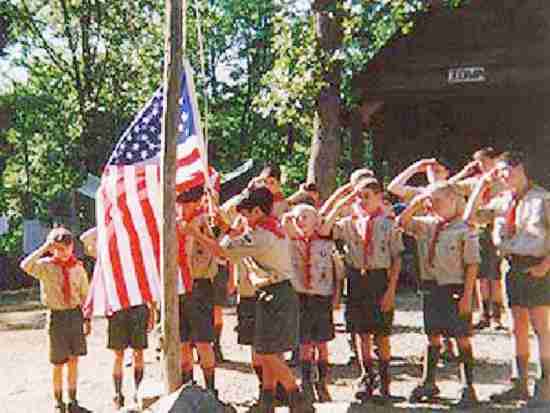
Figure 1.--While the wearing of uniforms have declined in many Scout and other youth groups around the world during the 1990s, some groups continue to insist on the uniforms. |

|
The uniforms adopted by boys' youth groups have caried greatly over time. In the early period of the 20th century, the popularity of the Scout movement helped to set the fashion for short pants in Britain, Continental Europe, and America. A different youth movement, the Wandervogel emerged in Germany with less militarized uniforms. Since then the uniforms have more commonly followed prevailing boys' fashions. Uniforms were initially popular among boys who would sometimes wear them to school. As late as the 1950s in America, many schools would have Scout day once a week when Cubs and Scouts would commonly and volutarily wear their uniforms to school. Since the 1960s uniforms have become less fashionable among boys. Many Scout and other groups currently have a hard time convincing boys to weear their uniforms. Individual Scout troops and units of other groups, however, continue to maintain high standards for uniform.
HBC is developing information on developments in youth organizations and overall uniform trends in boys' uniform organizations worldwide. Youth organizations are modern developments. The appearance of youth organizations is strongly related to the industricalization and urbanization of European society in the 19th century, especially the late-19th century. Boys in rural areas during the 19th century commonly began working from an early age and there was generally no lack of jobs that needed to be done. And there were ampel oportunities for recreational. Boys had no trouble finding recreational activities in rural environments. Boys in the city had far fewer opportunities and juvenile delinquency began to grow as a serious social problem. This was the origin of the first youth organization--the British Boys' Brigade. Another early thread was that in the growing, polluted cities, boys were often cut off from healthy enviroments and the great outdoors. This was the genesis of the German Wandervogel. It was, however, in the 20th century that youth organizations emerged as a major social force. Baden Ppwell's Boy Scouts began as an offshoot of the Boys' Brigade but developed as the major international youth organization. The initial impetus was to get boys into healthy outdoor activities. The Scouts developed with a less sectrarian program than the Boys' brigade. Initially a British movement, Scouting geadually developed an international orientation. After World War I, new groups appeared with political orientations, both Communist and Fascist groups. Some had xenephobic and racist ideologically based programs. The most important of these movenents was the Hitler Youth. After World War II, Fascosm was descreited, but the expansion of Communism resulted in the appearce of Young Pioneer movements in many different countries. Unlike Scouting, membership was basically mandatory. Scouting continued to be important after World War II sround the War. At the end of the 20th century, however, Scouting has declined, in part because of the many different recreational and educational opportunities available to youth. The collaose of Communism in Eastern Union and the Siviet Union essentially meant the end of the Young Pioneer program, although it continues in Cuba and Asia.
HBC is developing chronologies for each youth organization. We ghave just begun this effort. Currentky we have information on Scouting, but are just beginning to develop information on other groups.
The world Scouting movement began in 1906 with Baden Powell's English Scouts. The movement quickly not only crossed the Channel onto the Continent, but by 1910 had reached America where Scout-like groups had already begun forming. The early uniforms were mostly quite similar to the original English uniforms, but differences soon began to appear. The Americans opted for knickers rather than short pants. The Europeans folloed the English lead with short pants, but began adopting destictive national uniforms. This was in part facilitated by the tendency in many European countries to establish various Scout associations rather than one single national comprehensive national association. Images collected over time show how the Scout uniform has evolved around the world over time. One major development was in 1969 when the British Scout Assoociation decided to adopt a long pants uniform.
No information developed yet.
We are just beginning to compile information. Please let us know a little about Scout or other experiences so we can flesh out information about the different decades.
Navigate the Historic Boys' Uniform Web Site:
[Return to the Principal topics]
[About Us]
[Activities]
[Biographies]
[]
[Countries]
[Essays]
[Garments]
[Organizations]
[Religion]
[Other]
[Introduction]
[Bibliographies]
[Contributions]
[FAQs]
[Questions]
[Unknown images]
[Boys' Uniform Home]
